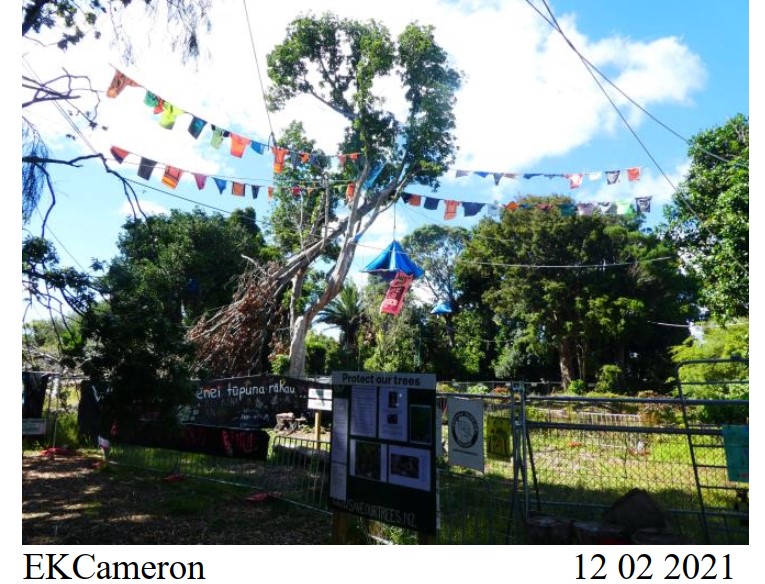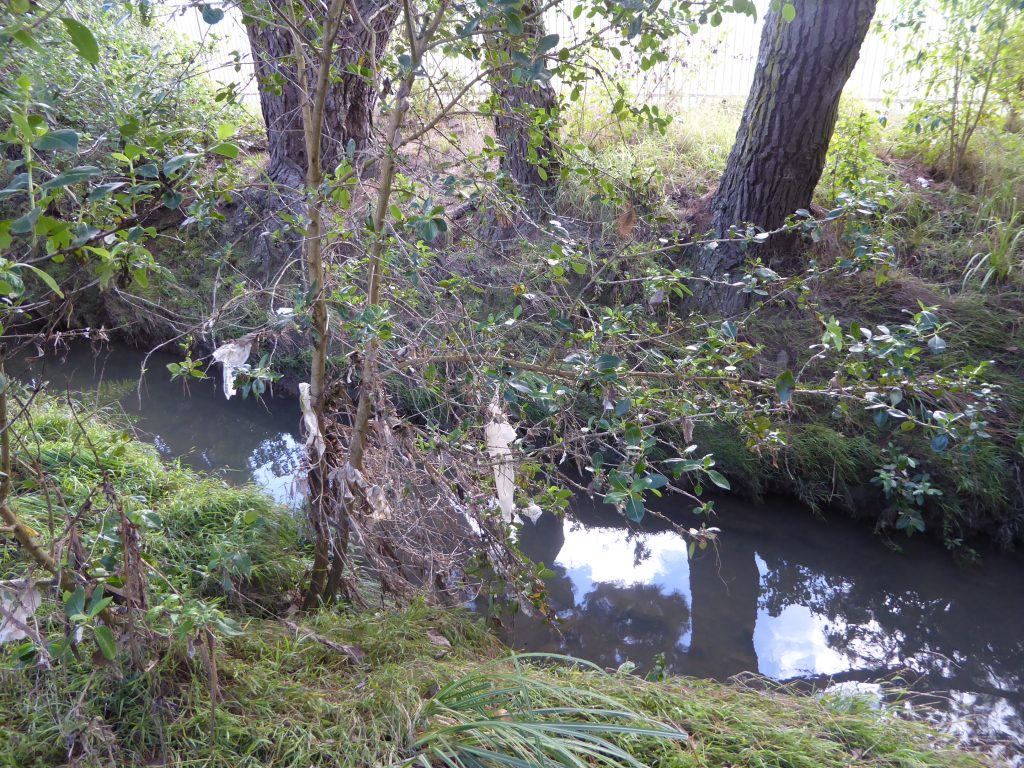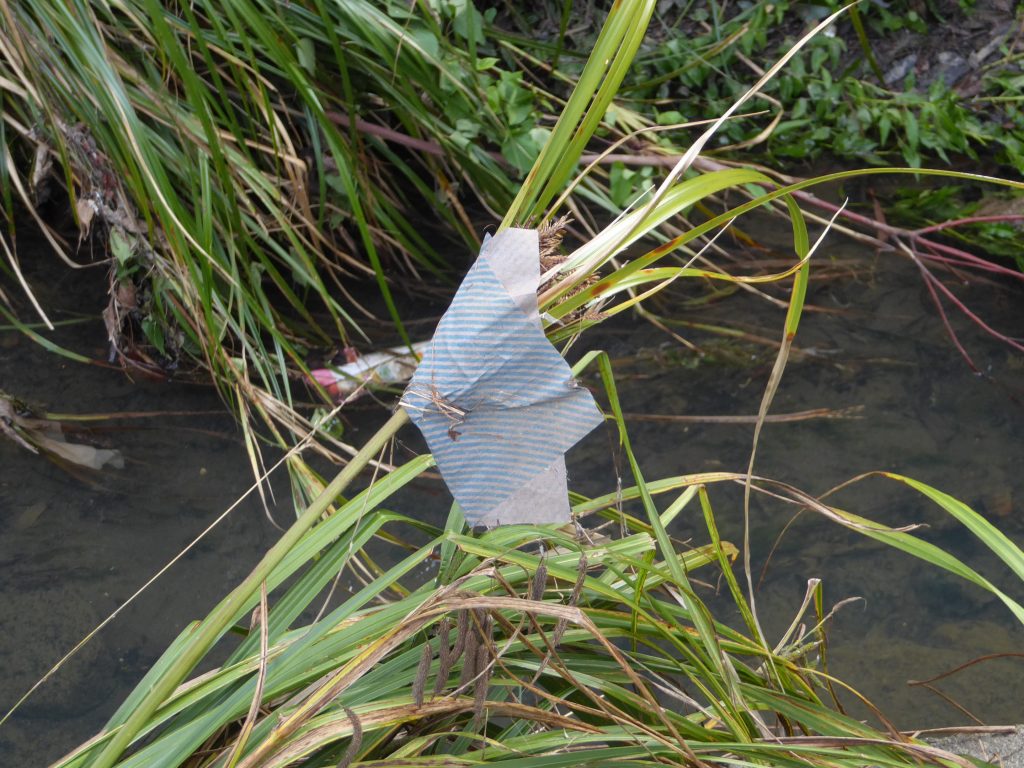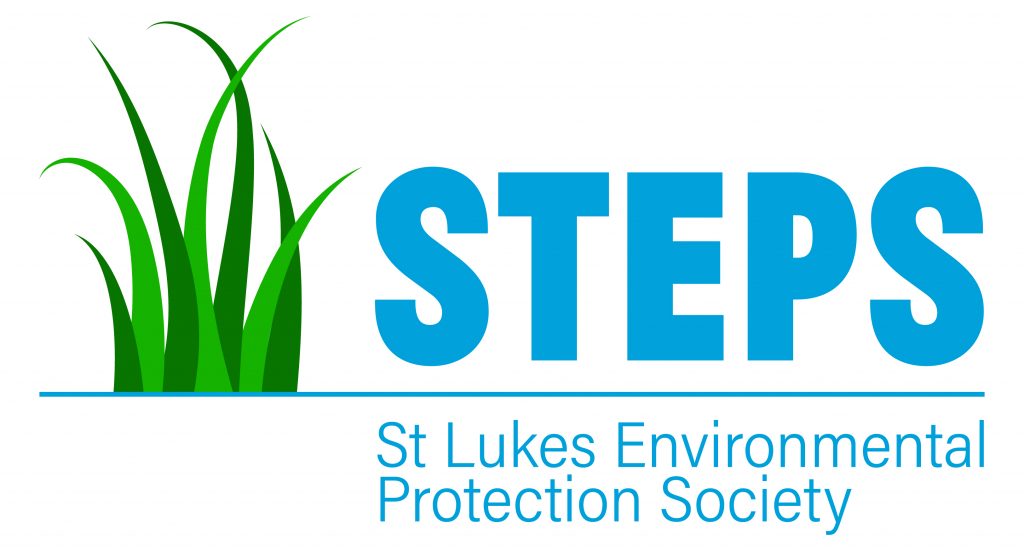Auckland’s Urban Forest and Tree Protection
Liz March 19th, 2021
Mature trees in Auckland under increasing threat. Ewen Cameron, President Auckland Botanical Society Inc writes in March 2021 ABS Newsheet: It’s been a bad week [February 2021] for Auckland’s mature trees:
- A rimu and pohutukawa were felled at 15 Henry
Street, Avondale. - “While we were all asleep at the wheel, today (February 17th) the Greenlane area (160 Campbell Rd) lost four pōhutukawa, five puriri, two rimu and a kauri; all very large, established trees that have been there for over 100 years (as well as
shrubs like native cabbage trees)” – Mark Lockhart pers. comm. - Also, at Campbells Bay Primary School, the local community are fighting the Ministry of Education (MOE) to stop them from removing seven mature pohutukawa that have been part of the landscape for about 100 years. The school board approved a
plan that removed the trees prior to Christmas and are still waiting for MOE to come up with an alternative design (if they do). - On Friday 12th, the 120yr old impressive macrocarpa tree on the corner of Great North Road and Ash Street, on public land but at the margin of an Ockham housing development, was felled. It was a Scheduled Notable Tree in the Unitary Plan, until Auckland Council (contentiously non-notified) approve its removal on 23 December 2020. After a long protest and brave tree-sit, Big Mac was felled. It was interesting to see Mark Todd, director and co- founder of Ockham Residential, on national TV saying that tree protection should be reinstated immediately.
- Evidently the protection of the Canal Road site is now the longest tree occupation in NZ history. On 12 February I revisited the Canal Rd site and was pleased to see that no more trees had been felled.
The local Mana Rakau group were still present with signs, a tent, tree hammock in place, and all in good spirit. Many shirts were flying on rope lines and looked very colourful. These shirts had been donated by arborists in support of saving the native trees on the site. Auckland Council has still been silent on this “standoff.” I was then very saddened to learn on February 16th that some lowlife had overnight drilled and poisoned all of the large trees, apart from the scheduled Pohutukawa and the titoki under its drip-line. Work is being done to try and dilute the poison – let’s hope they are successful.

The only remaining hope for many of the mature trees in Auckland is for Auckland Council and the Minister for the Environment, David Parker, to reinstate the General Tree Protection rules, as it used to be before the National Government required the protection removed from the Unitary Plan.
EMW Postscript: Note that the trees at Canal Road have now been cut down in March after 245 days of community protest. Some Canal Road photos are here.
Further background to some law changes which could protect mature forest, can be found at MFE site. Other views on changes needed are here, and some Auckland impacts here. As community members we can let our local politicians know our views.



